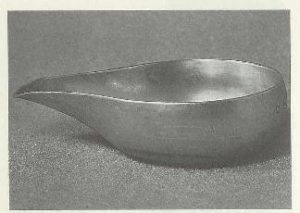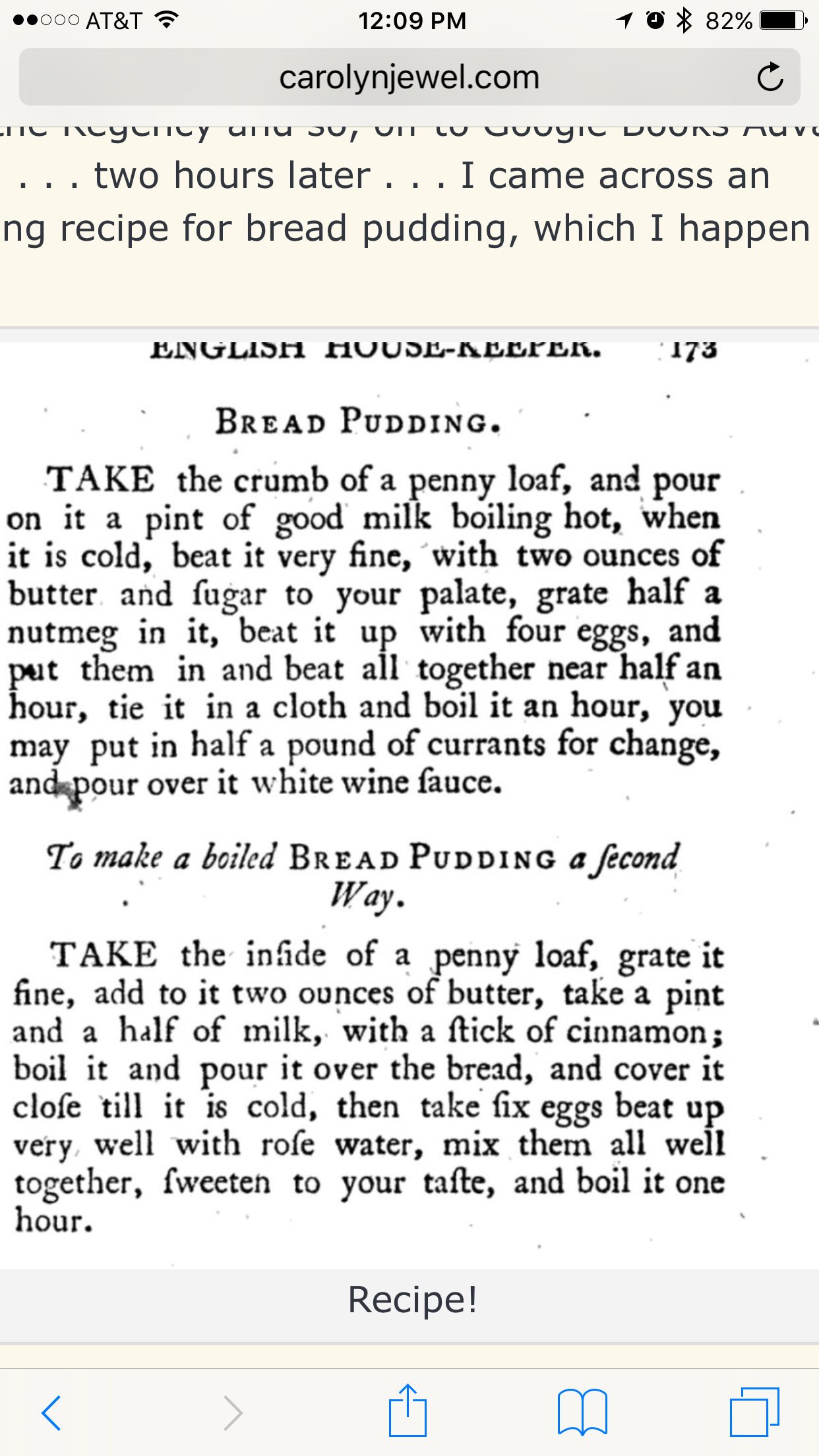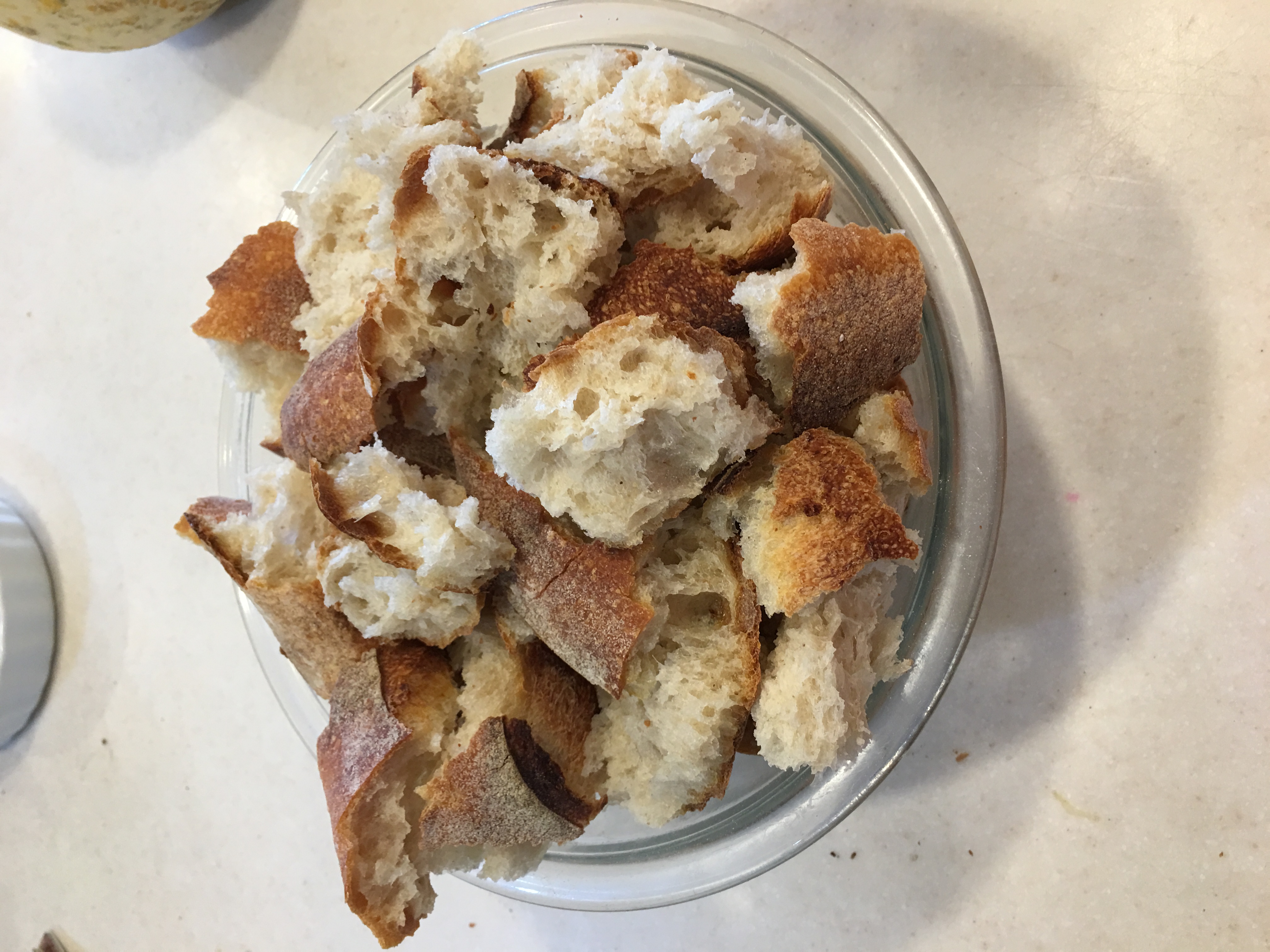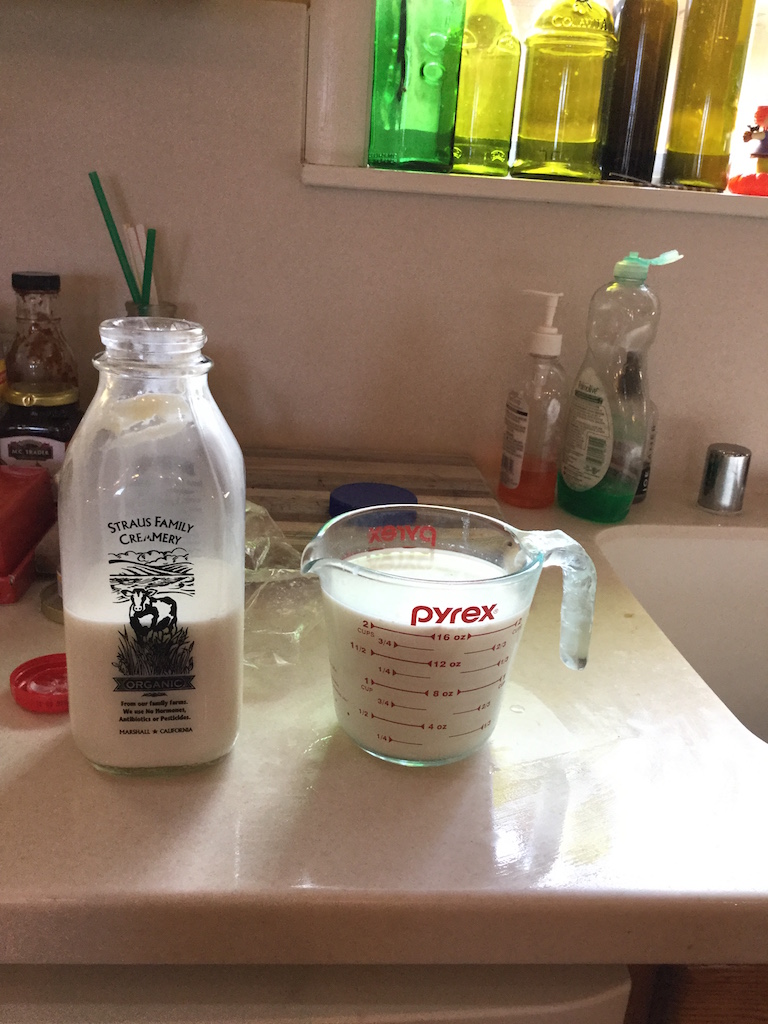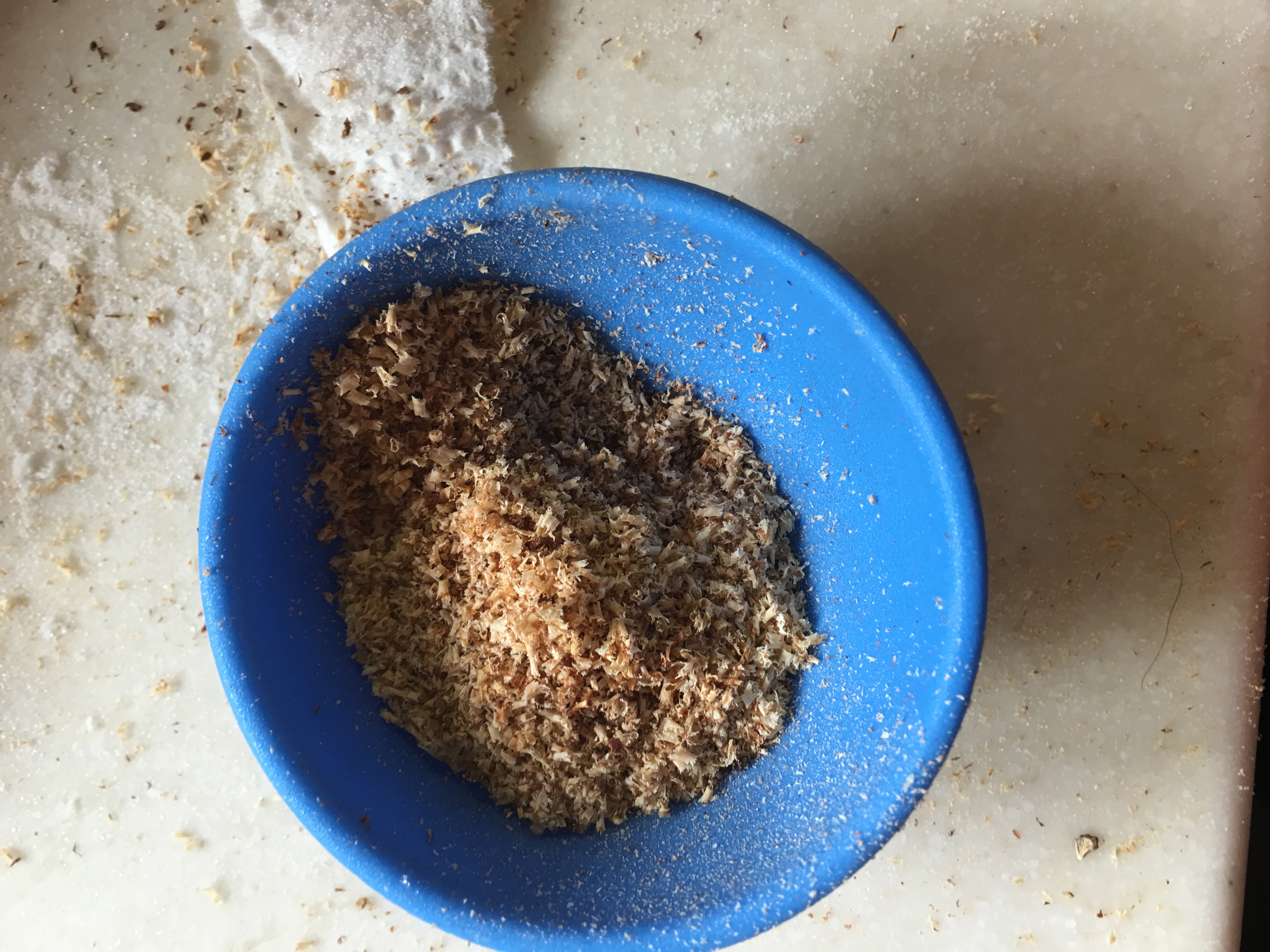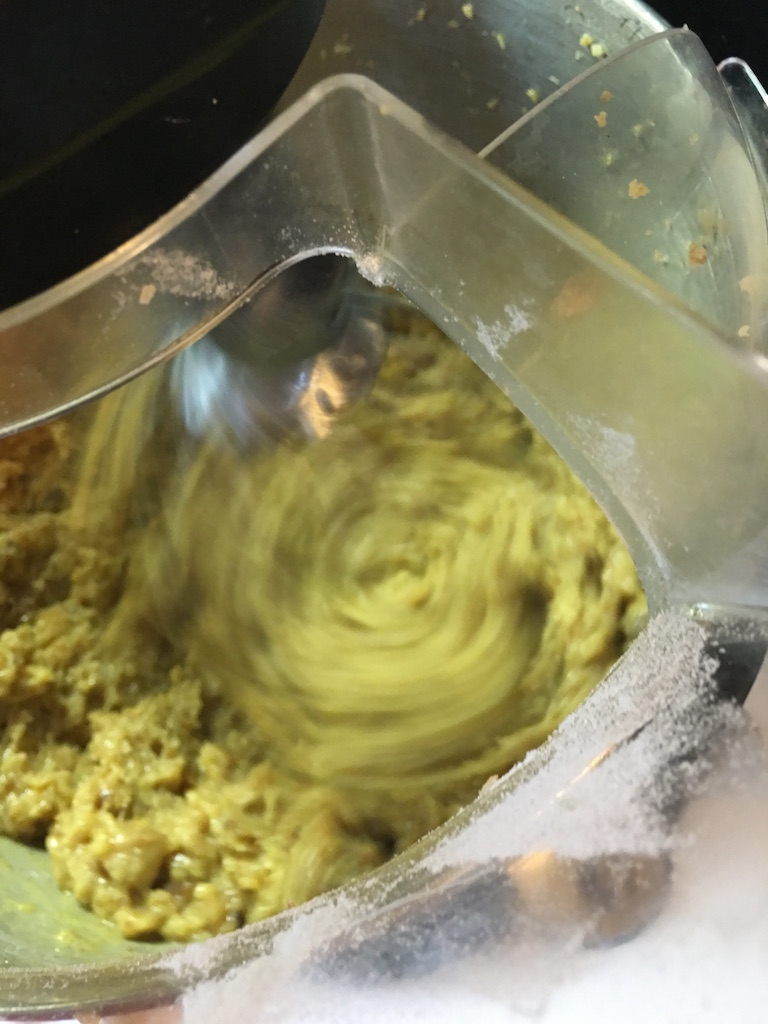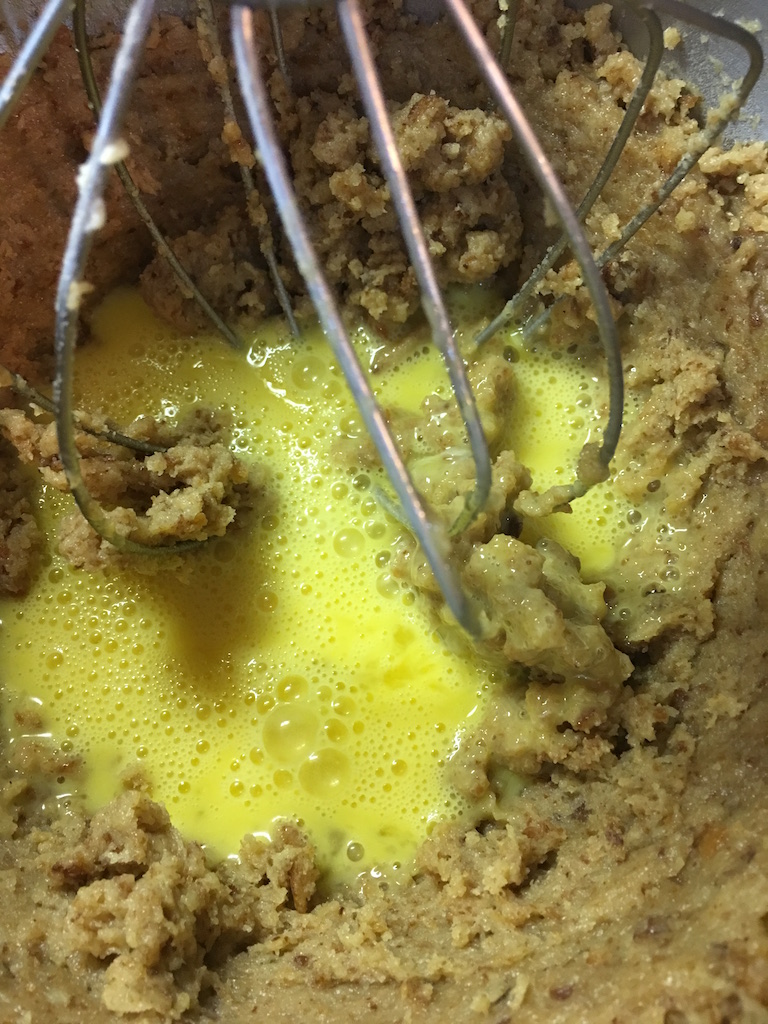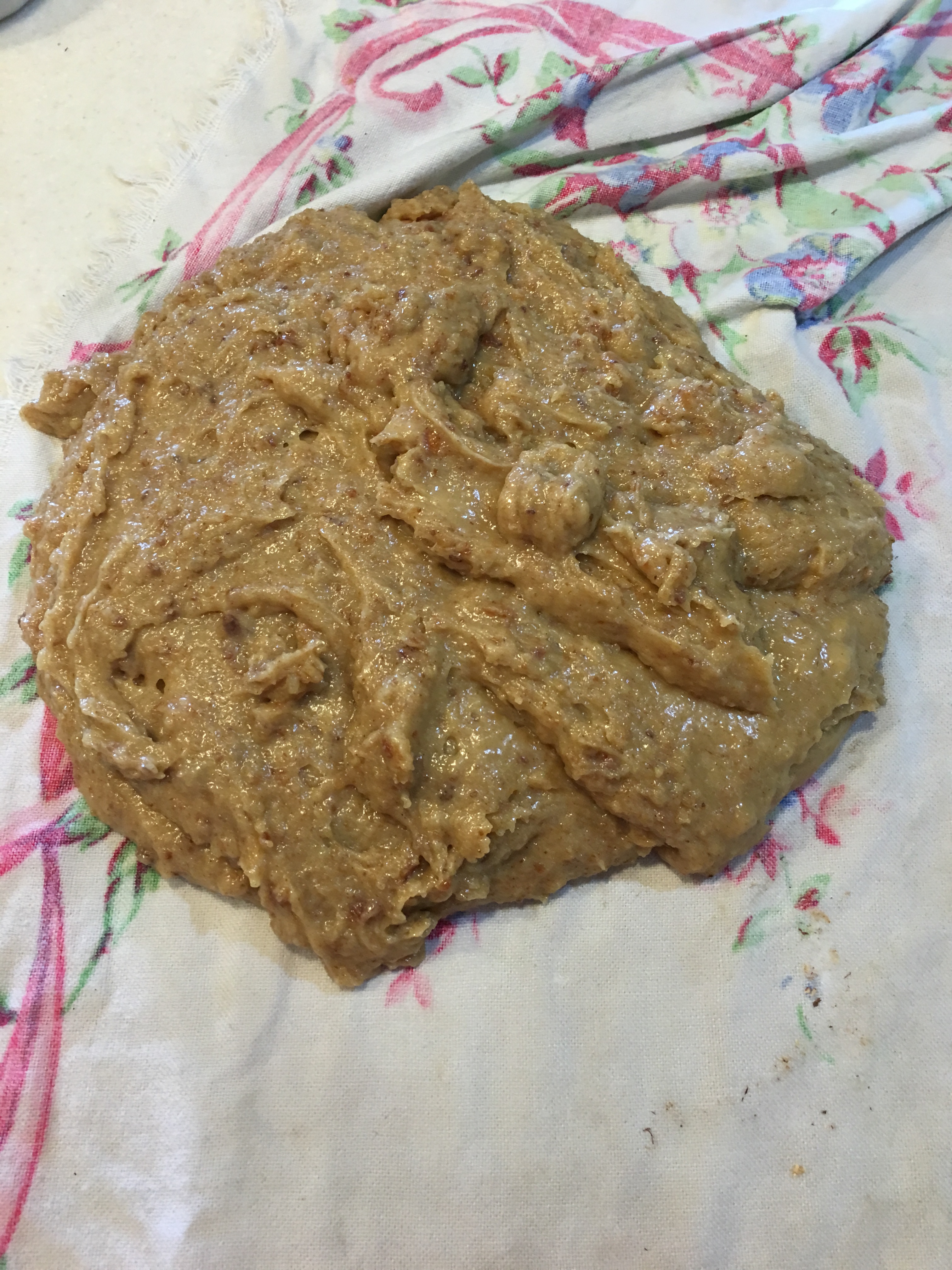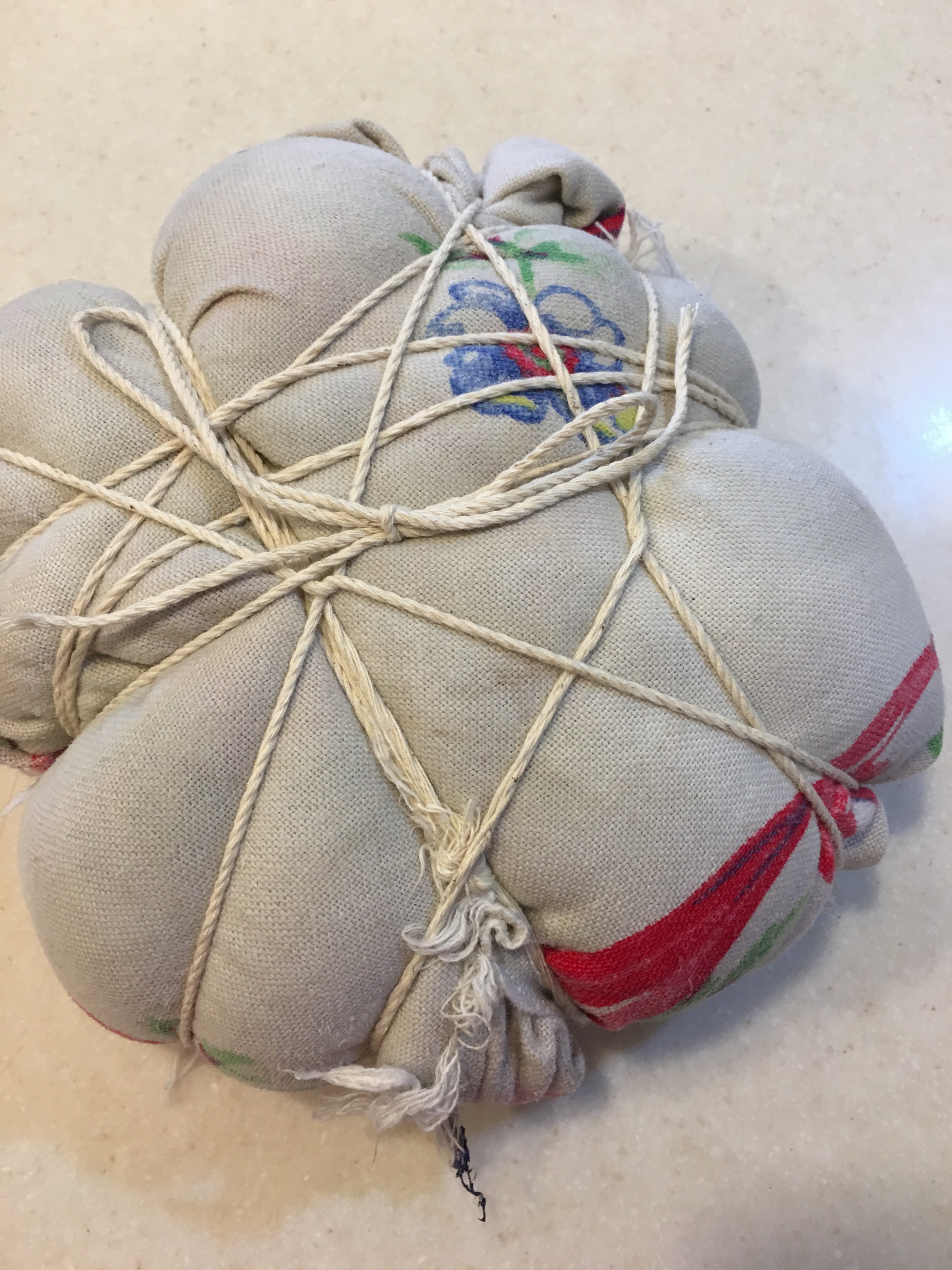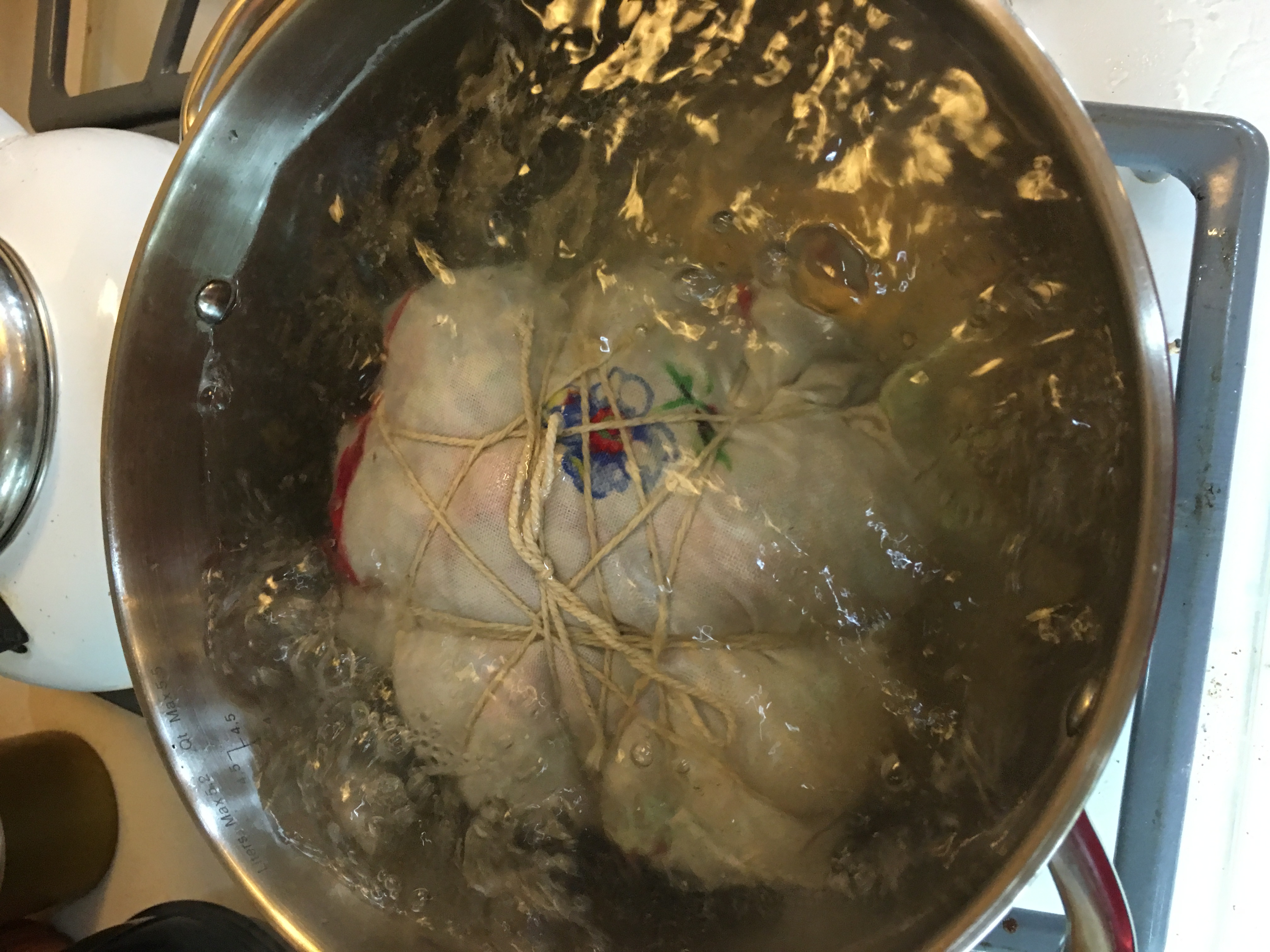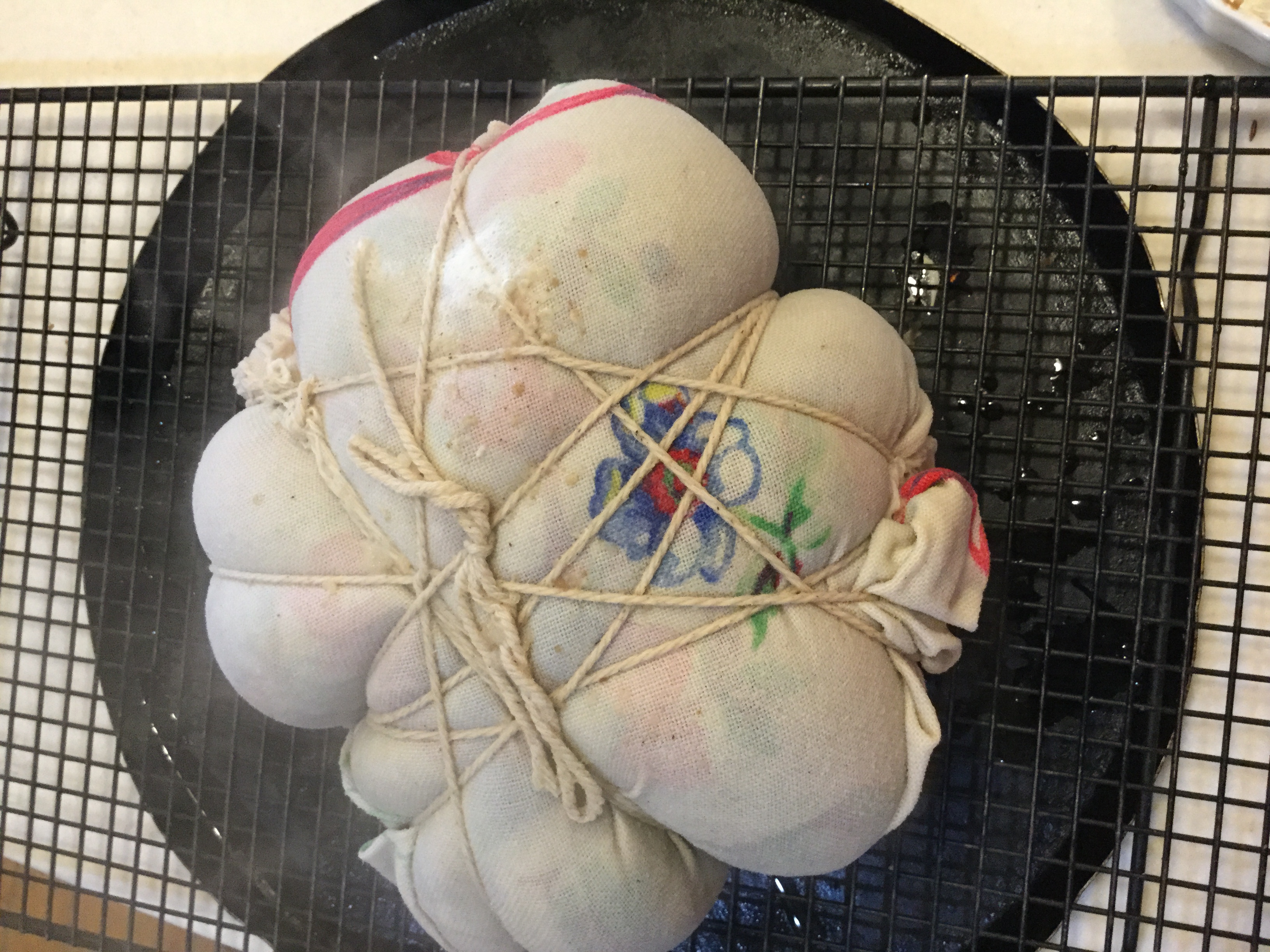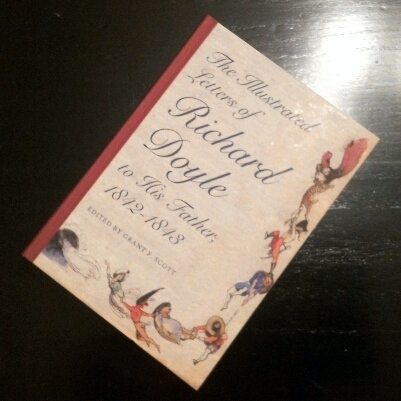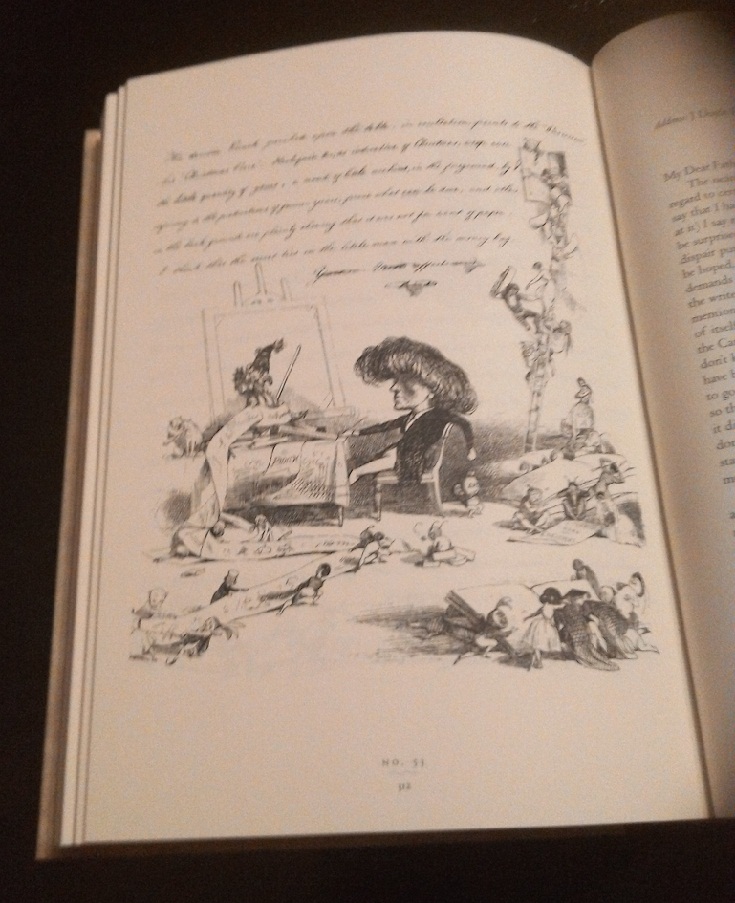On Friday (Sept 30) at Risky Regencies, we’ll have Caroline Warfield as our guest! Caroline has a book giveaway for you and a fascinating glimpse of a Canadian setting used in her new release, The Renegade Wife. Her new “post-Regency” series follows the children of characters introduced in her first series. To learn more, please drop in to visit her with us on Friday!
A little poor looking insignificant old woman
As part of my recent research dive into All Things Hamilton, I read a book that had been sitting on my shelf for years, that I originally intended to read as research for my Regency spy story A Lily Among Thorns and never got around to: Invisible Ink: Spycraft of the American Revolution by John Nagy.
While the book’s style is occasionally confusing and repetitive, and the book could have used both a more thorough edit AND a thorough copyedit, it’s full of great information and I thought today I’d share a few of my favorite tidbits.
1. In General Clinton’s papers is a codebook using Biblical words and places. For example, “synagogue” meant congress, “Jordan” meant the Susquehanna River, “Sodom” meant Wyoming PA and “Gomorrah” meant Pittsburgh. Not sure what the code authors had against Pennsylvania…
2. John Adams had a lot of trouble deciphering a correspondent’s coded letters and Abigail tactfully tried to help him out at a distance without deflating his ego: “With regard to the cipher of which you complain, I have always been fortunate enough to succeed with it. Take the two Letters for which the figure stands and place one under the other through the whole sentence…”
3. Molly “Mom” Rinker used to bleach flax on top of a high rock. “While performing this chore, she would sit and knit for hours on end, all the while observing British troop movements.” She then shoved her notes into the center of her ball of yarn and “accidentally” dropped it over the side of the rocks, where it would be retrieved by American scouts.
In fact, a number of spies during the Revolution were women (just as there were many black spies; spying is one of the few professions where it’s useful to be underestimated). Another great story involves (in Elias Boudinot’s words) a “little poor looking insignificant old woman” who came asking for permission to leave Philadelphia to buy flour and gave Boudinot a “dirty old needlebook” in which she had hidden a rolled-up scrap of paper accurately informing the rebels that “General Howe was coming out the next morning with 5,000 men, 13 pieces of cannon, baggage wagons, and 11 boats on wagon wheels.”
4. Eliphalet Fitch “contracted with Francisco Miranda, a Spanish official in Jamaica, to supply military stores to the Spanish under the cover of flags of truce for prisoner exchanges. The fact that Colonel John Darling, the governor of Jamaica, and Sir Peter Parker, a British admiral, were quarreling and not speaking to each other allowed Fitch to pretend that he had received permission for his flags of truce from one or the other.” A great story even apart from how whenever I read “Admiral Sir Peter Parker” I imagine Age of Sail Spider-Man.
5. Captain Noah Phelps infiltrated Fort Ticonderoga by “pretend[ing] to be a countryman who wanted a shave from the British fort’s barber”!
Do you have a favorite spy story?


